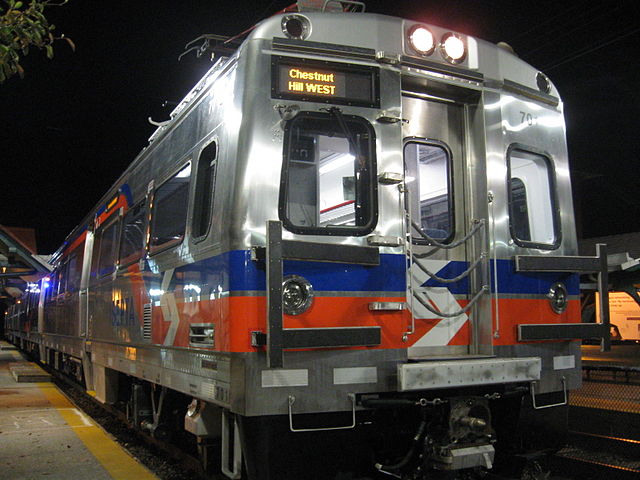Washington, DC has started a $221,000 advertising campaign to promote the H Street streetcar, which began operation earlier this year. This includes a radio jingle, “Streetcar, streetcar, cruising along/streetcar, streetcar, singing a song.”
The definition of cruising includes, “To travel at a constant speed,” which hardly applies to streetcars. Cruising is also innuendo for “looking for a sexual partner,” but somehow I doubt DC singles will be attracted to someone because they are riding a free (but expensive) 7-mph streetcar.








